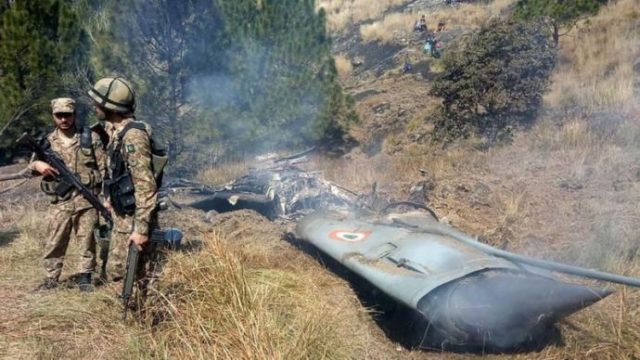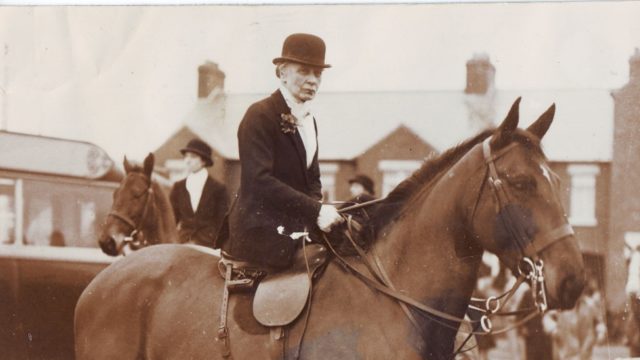iPaulina

The threat of nuclear war looms in this India-Pakistan conflict<br><br>
Kashmir is located between the Kunlun mountain range in the north and the Himalayas in the South and is mainly a Muslim territory. When the British left the subcontinent in 1947, they split the area up into two independent countries, majority Hindu India and majority Muslim Pakistan. They gave Kashmir’s governor a choice of which country to join. The Maharaja at that time was Hindu, and instead of deciding to let Kashmir be a part of Pakistan, he went against his Muslim majority population and sided with India. Immediately a response came from Pakistan in the form of armed forces, and in return the Maharaja made India send their army into the region. Innocent civilians were suddenly caught in a major crisis, which lasted two years until a ceasefire was agreed. The ‘Karachi’ Agreement was made, which gave 65% of the territory to India and the remaining 35% to Pakistan.
However, Pakistani troops did not withdraw from the region, and there was no vote deciding what country should rule the Kashmiri population. This led to more unrest and less than two decades later another war broke out, in which 10,000 soldiers lost their lives. Both sides returned to the original line of control and to this day both India and Pakistan claim victory. Between May and July 1999 another brief war was fought between the sides, leading to more than 30,000 people being forced to flee their homes on the Pakistani side of Kashmir. All these wars ultimately led to nothing, with the area being disputed now as much as it was in 1947. Kashmir is now the most militarized zone in the world, with 600,000 troops in the Indian side only, with many of them committing human rights violations such as rape, torture and enforced disappearances. The Pakistani side has also been described by Human Rights Watch as violating people’s freedom. An estimate of the number of people killed in the area is between 50,000 and 100,000, with a large proportion of the Kashmiri population calling for it to become an independent country.
On February 14 more than 40 Indian soldiers were killed in a suicide attack, which India blamed on Pakistani-based militant groups. On 26 February, India launched air strikes in Pakistani territory, which it said targeted military bases. Pakistan then shot down two Indian Air Force jets in its airspaces, with one fighter pilot being captured and handed back on March 1st. This has appeared a lot in the news lately, but it is uncertain whether an agreement will ever be made about the region.
Natalia V







